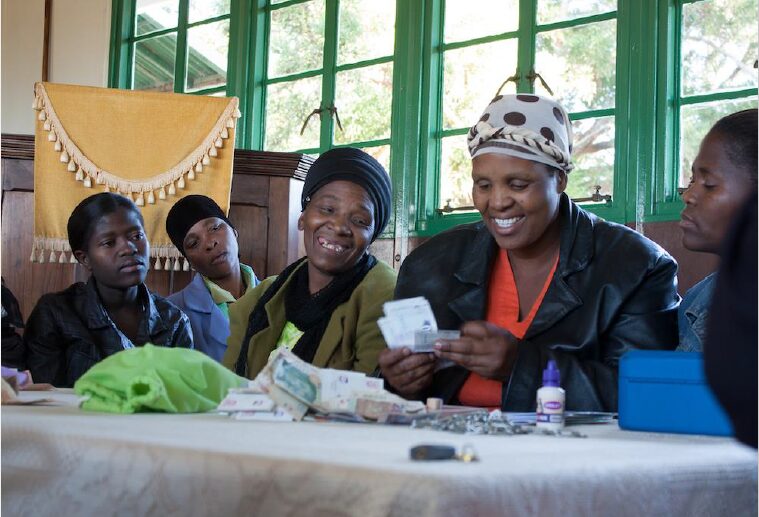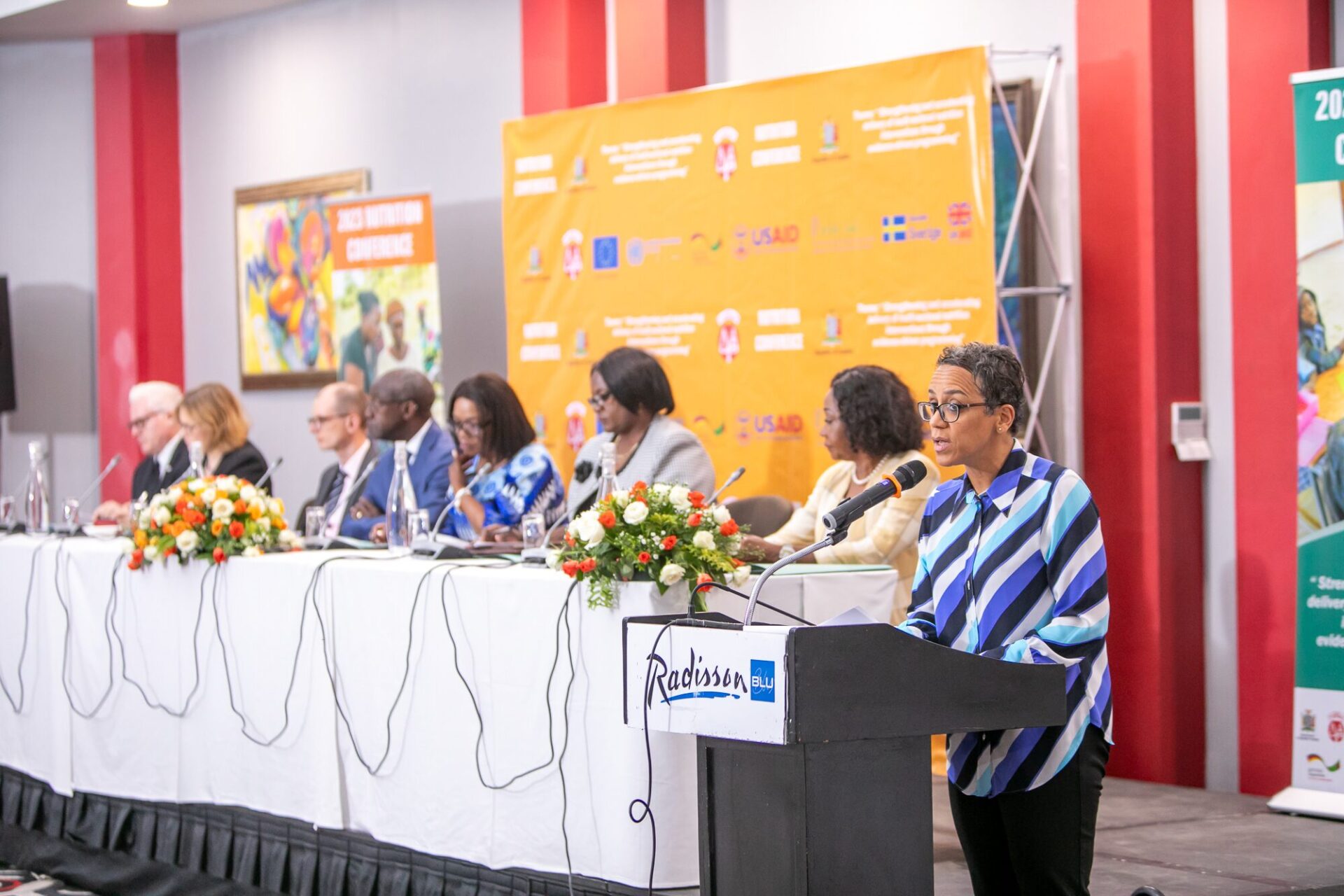“It’s a new world, but not everywhere,” says Mary Pat during our recent remote interview about conducting remote evaluations. She was referring to the remote dissemination of evaluation findings carried out by Khulisa’s Scaling up Nutrition Learning and Education (SUN-LE) project in Zambia.
In our previous blog post, we talked about the positives of remote evaluations through the insights of Margie Roper and her experiences in remote data collection. In this blog, we’ll cover some of the challenges faced when remotely disseminating evaluation findings through the insights of Mary Pat Selvaggio, Director of Health. Mary Pat shares her experiences and challenges with remotely disseminating evaluation findings from the SUN LE project in Zambia during the times of Covid.
Background on the SUN-LE program
“Each year, SUN-LE collects a vast amount of data related to the Zambian Government’s Scaling Up Nutrition (SUN)program across 30 districts involved in the program. Also every year, we disseminate these data to the 30 districts and at the national level. We disaggregate the data to create 30 separate district-level data sets and share them at “data use” workshops in each district. We also hold an annual national-level conference to present the data and facilitate small group “data use” sessions.
“When we designed the SUN-LE project 4 years ago, we made a point of not including a lot of internet-based dissemination work. This was because the internet connectivity in the country was very poor. And those connectivity issues haven’t changed.”
“We planned our district “data use” workshops to reach 25-30 people per district from a mix of sectors – from agriculture to health, social development, and fisheries, through to water and sanitation. In each workshop, we aimed to share the most recent data sets for that district and help the participants think through how to apply this data in their district planning for the nutrition program. We also planned the annual national conference as a typical conference — 150 people, presentations, breakout rooms, etc. This is the dissemination approach we designed for the project and followed in year 1.
But in year 2 when Covid hit, we attempted to shift to an online model, but it proved very challenging.”
Challenges: “Not only is the internet connectivity poor in Zambia, but many people cannot afford data packages, lack access to smart devices or computers, or are not very technologically proficient. At the district level, we ended up with five or six people clustered around a phone or a computer while we delivered PowerPoint presentations, tried to facilitate discussions, and support them to make action plans.
For the national conference, the online model ended up as a hybrid model, where there some conference presenters were sitting in a hotel in Lusaka and the rest of us sitting on the internet. Not only was the sound quality terrible, but the presenters in the hotel ended up talking to each other rather than to the camera or to the online participants. It became a mini-conference for them that the rest of us were watching from afar.”
At the end of the day, neither dissemination activity was as successful as it should have been. And largely, that was because we used a face-to-face approach and plonked it into a Zoom call. In this context, our team in Zambia were unable to remotely disseminate the findings, and reverted to face-to-face district workshops, albeit with lots of personal protective equipment (PPE).”
Lesson Learned: Don’t take a face-to-face meeting or workshop or conference model and ‘plonk’ it into Zoom. It doesn’t work! Zoom or online models require much more frequent and different types of participant engagement. If you’re a ‘talking head’ on for more than 10-15 minutes, people quickly lose focus and interest. Ideally, every 15 minutes, there should be a shift in activity that reengages participants.
Lesson Learned: Facilitators must be better prepared to use the available technology. They should also have an array of strategies at hand for building engagement and interaction with other participants, preferably every 10-15 minutes – like question and answer sessions, polls or online surveys, breakout rooms for small group work, virtual whiteboards, or videos. Otherwise, people zone out; they turn off their cameras; they’re not participating.
The future of remote dissemination: A tale of culture and infrastructure
“This whole remote, internet, phone, tablet-based kind of work is doable. But, in countries with rudimentary internet infrastructure, it just doesn’t work that well. It’s a new world, but not everywhere.
Tip: Where good internet connectivity, affordability or infrastructure do not exist, revert back to face-to-face approaches, but safely (using PPE during a pandemic).


